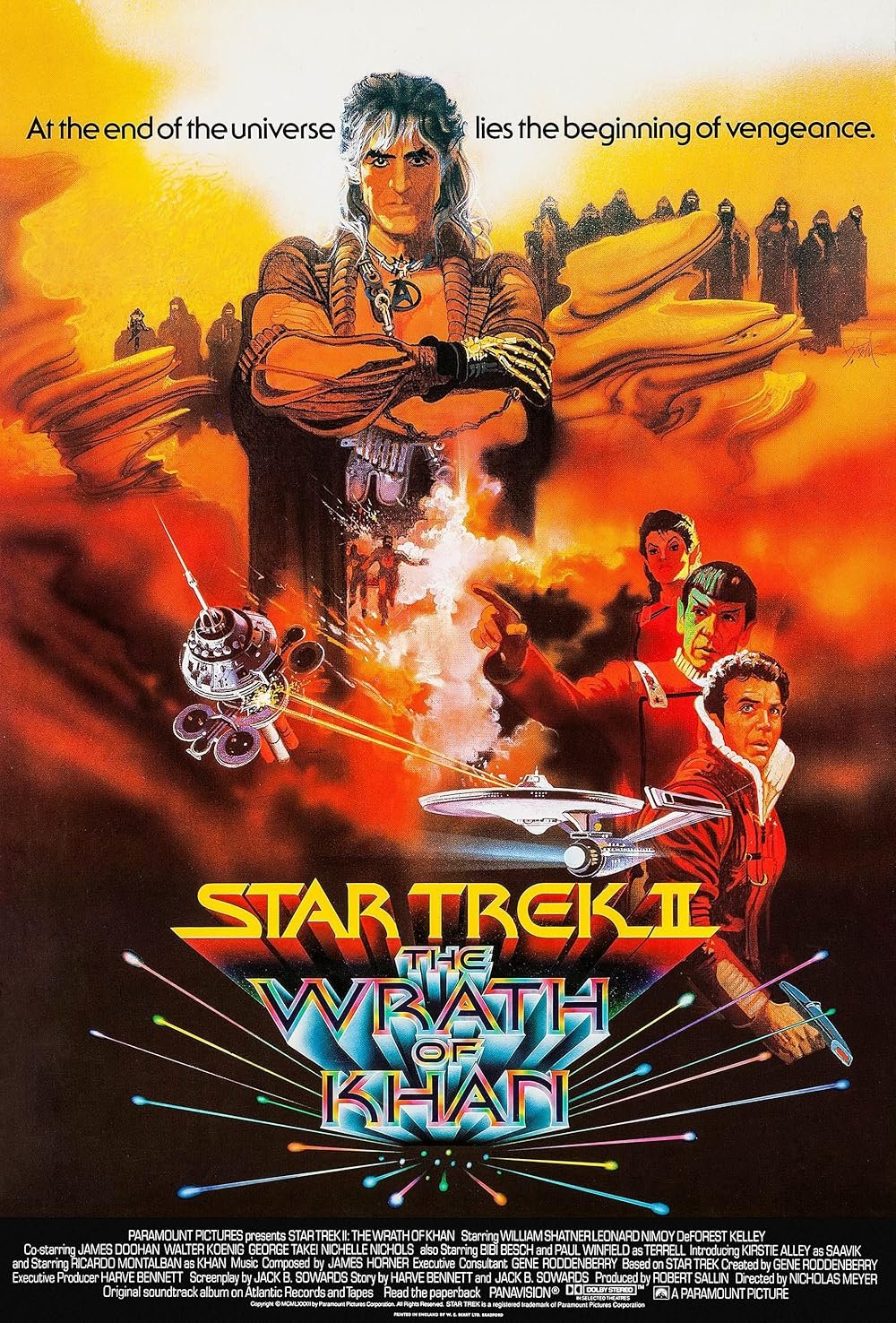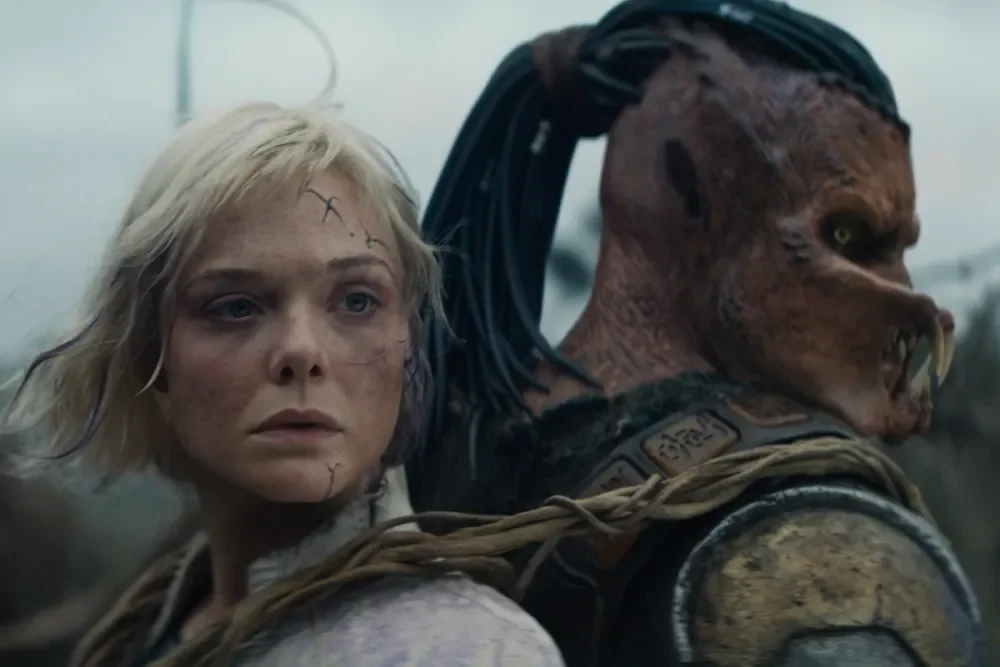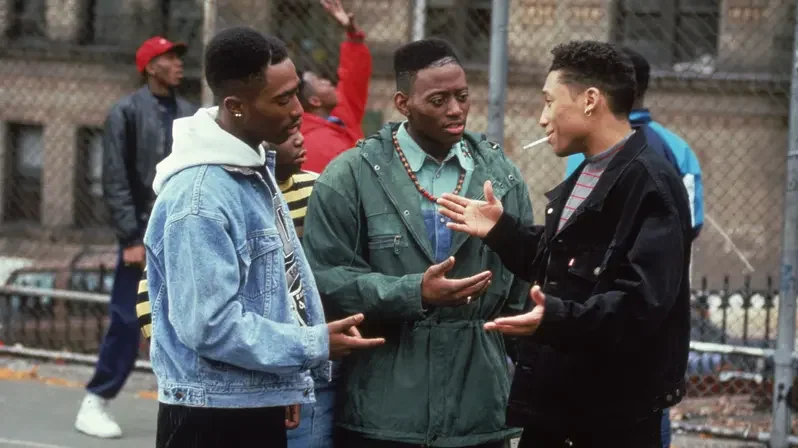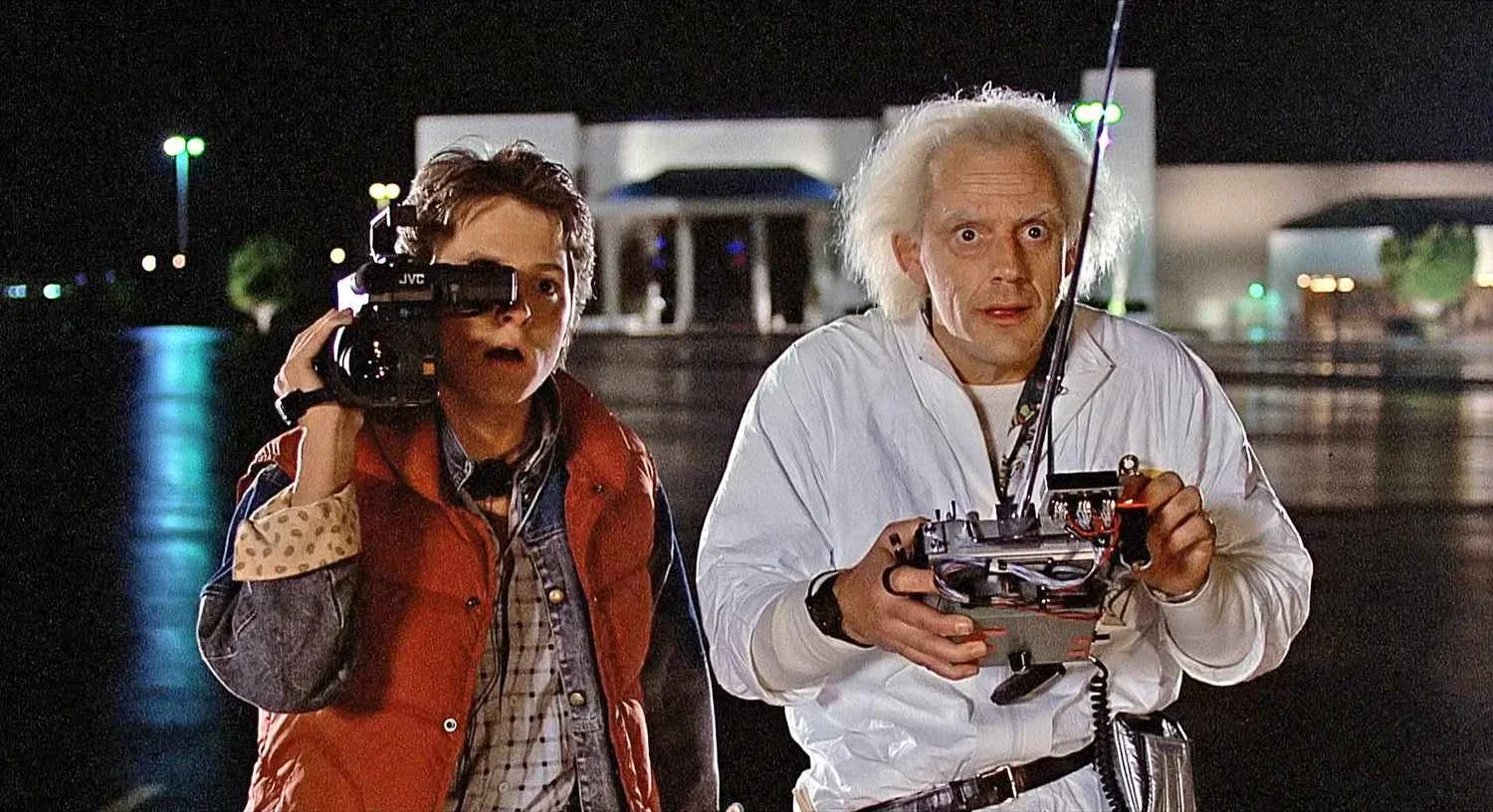Star Trek II: The Wrath of Khan
(Nicholas Meyer, 1982)
⭐️⭐️⭐️⭐️ 1/2
How would you handle a no-win situation? How would you handle a situation where, no matter the outcome, you and or people you love are going to lose their lives? How would you perform under such intense pressure? Would you value the needs of the many over the needs of one or the few? These questions, along with a bracing look at one’s own mortality through aging, are at the forefront of “Star Trek II: The Wrath of Khan”, the 1982 from director Nicholas Meyer. The film reintroduces the villainous Khan Noonien Singh (Ricardo Montalban) from the original television series and sets him on a collision course with Admiral James T. Kirk (William Shatner). Khan’s relentless drive to extract revenge on Kirk makes this film highly entertaining, but Kirk being forced from multiple directions to deal with his own mortality and the mortality of those he loves after a career of cheating death and the no-win situation is what makes this the best of Star Trek.
“Star Trek II: The Wrath of Khan” deals with the lingering fallout of the episode “Space Seed” from the original Star Trek series. In that episode, Captain Kirk left Khan and his followers on the planet Seti Alpha V after a failed attempt to take over the Enterprise. Khan’s wrath towards Kirk grows to a white hot rage. We find out why when the characters of Commander Pavel Chekov (Walter Koening) and Captain Clark Terrell of the U.S.S. Reliant (Paul Winfield stumble upon Seti Alpha V while working towards the Genesis Project, headed by Carol Marcus (Bibi Besch) and her son David Marcus (Merritt Butrick). Khan takes Chekov and Terrell captive and informs them, along with the audience, the calamities that fell upon Seti Alpha V. Those calamities included many of his followers dying due to a planetary explosion and a native parasitic creature. One of those deaths was Khan’s wife, and that further fuels his rage towards Kirk.
All while this is happening, the audience is shown the state of affairs on the Enterprise. Admiral Kirk oversees and inspects a training crew aboard the ship, which is under the command of Captain Spock (Leonard Nimoy). These trainees under Spock’s command include the likes of Lieutenant Saavik (Kirstie Alley), a fellow Vulcan. The film opens with her undergoing the Kobayashi Maru test, a simulation designed to see how Starfleet officers would react to a no-win situation. We also see Dr. Leonard McCoy (DeForest Kelley) celebrating Kirk’s birthday by giving him a pair of bifocals and a subtle reminder that Kirk is aging. These routine parts of life are interrupted when Dr. Marcus frantically gets in touch with Admiral Kirk, who we find out was a former lover, because Chekov and Terrell, now back on the Reliant and under the control of Khan, demands she hand over the Genesis Project. Concerns are immediately raised when Spock and McCoy find out the Genesis Project is an attempt to create living planets out of dead rocks in space. The routine training mission suddenly turns into one of utmost importance as Kirk takes command of the Enterprise and heads out to find out what is really happening.
The metaphors in “Star Trek II: The Wrath of Khan” are all over Jack B. Sowards’ script and Meyer’s direction. While they are obvious right from the beginning with the introduction of the Kobayashi Maru test establishing the importance of facing a no-win situation, everything is so well done and executed in the final product. This film wants you to fully understand it is all about what one would do if they had to face a no-win situation and had to face their own mortality even though they think both can be avoided. The character of Admiral Kirk flat out says he does not believe in a no-win situation or scenario. His beliefs are so strong that we find out he technically passed the Kobayashi Maru by reprogramming the scenario so there could be a successful solution. He cheated the test, as David points out, and that means he has never faced a no-win situation.
Kirk, unfortunately, cannot escape the inevitable. Death comes for us all. It is unavoidable, even for Captain Kirk. The film so wonderfully includes a scene where we see tangible proof he is aging. He will not be the dashing young officer forever. This, of course, is what the scene with the bifocals establishes, but there are all other reminders that death cannot be cheated. It can and will strike at any time, and it will strike at the people you love most.
The stakes in “Star Trek II: The Wrath of Khan” are incredibly high for Kirk. He has to deal with the revelation that David is revealed as his son with Carol. David is initially contemptuous of Kirk, but the relationship soon thaws out. Kirk, the legendary womanizer, is now a father. Even though David is a grown man by the time the two meet, Kirk does feel a responsibility and obligation to keep him and Carol safe during the altercations with Khan. It is yet another reminder of the stakes the film establishes. This is beyond the typical military risks that face a Starfleet officer. It is now personal for Kirk, which makes the stakes that much more intense.
While the introduction of David and Kirk’s relationship with him is a wrinkle to the character, the crux of this film, like any of the original “Star Trek” films lies with the relationship between Kirk and Spock. The deep friendship between the two very different characters has always been the heart of the original series, and it forms the climatic gut punch “Star Trek II: The Wrath of Khan” delivers. Both Kirk and Spock are forced to experience a real life Kobayashi Maru situation, and Meyer wonderfully captures the dramatic and tragic results that happen because of it.
The other source of metaphors in “Star Trek II: The Wrath of Khan” comes from the character of Khan and his never ending quest to get revenge on Kirk. Khan is Captain Ahab, and Kirk is his white whale. Khan wants to punish Kirk for all the perceived slights and trauma Khan experienced, and Khan thinks nothing of striking at those Kirk loves the most. Khan as Ahab, right down to quoting lines directly from “Moby Dick”, only works because of Montalban’s driven and piercing performance. Montalban’s gravitas brings life to Khan’s rage and elevates him from just being a generic villain to drive the film’s plot. The back and forth exchanges Khan has with Kirk are a delight, and Montalban succeeds in bringing the character’s contempt for Kirk onto the screen and into the minds of the audience.
With the metaphors of the no-win situation, aging, and revenge combined, “Star Trek II: The Wrath of Khan” succeeds in being a highly entertaining film and still the best of the “Star Trek” films overall. There are great action sequences in space that could have easily been tense action sequences in a great submarine movie. Meyer and his crew pool all their talents together to craft a film that rises above a standard science fiction film and the second entry in a franchise that originated on network television. “Star Trek II: The Wrath of Khan” tells a great and relatable story and is not afraid to show the inevitabilities of life even when you try to cheat them at every attempt.
This review is part of my From the Vault series showcasing movies of the past I have decided to visit or revisit and review.





Kirk being forced from multiple directions to deal with his own mortality and the mortality of those he loves after a career of cheating death and the no-win situation is what makes this the best of Star Trek.